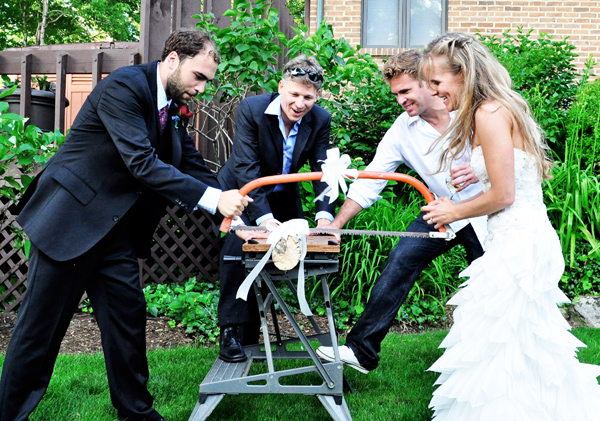
Germany has a rich history of wedding traditions, many of which date back centuries. While modern German weddings incorporate contemporary elements, several old customs are still practiced today. These traditions reflect the country’s deep-rooted cultural heritage and add a unique charm to German weddings. Here we explore some of the most fascinating German wedding customs, their meanings, and how they have evolved over time.
Pre-Wedding Traditions
1. The Polterabend (Shattering of Porcelain)
One of the most famous German wedding traditions is the Polterabend, an informal pre-wedding gathering where guests break porcelain dishes for good luck. The noise is believed to ward off evil spirits, and the couple must clean up the mess together, symbolizing teamwork and their ability to overcome obstacles in marriage.
2. The Engagement Ring on the Right Hand
In Germany, engagement rings are typically worn on the left hand, but after the wedding, the wedding ring is moved to the right hand. This differs from many other Western cultures and is deeply rooted in German tradition.
3. Bachelor and Bachelorette Pranks (Junggesellenabschied)
Before the wedding, it is common for the bride and groom to celebrate their last days of singlehood with a “Junggesellenabschied” (bachelor/bachelorette party). Friends may organize pranks or embarrassing tasks for the groom or bride, often involving costumes, challenges, or fundraising activities.
Wedding Day Traditions
4. The Bride Kidnapping (Brautentführung)
A playful tradition in some regions of Germany involves the “Brautentführung” or bride kidnapping. Friends of the groom “kidnap” the bride and take her to a local bar, where the groom must find her and “pay her ransom”—usually by buying drinks for the group.
5. Cutting the Log Together (Baumstamm Sägen)

A well-known tradition in many German weddings involves the couple sawing a log in half using a two-handled saw. This represents teamwork, strength, and cooperation, important qualities for a successful marriage.
6. Rice Throwing for Fertility and Prosperity
After the wedding ceremony, guests often throw rice or flower petals as the couple leaves the venue, symbolizing fertility, prosperity, and good fortune in their new life together.
Post-Wedding Traditions
7. Waking Up to a Messy Surprise (Morgengabe & Pranks)
The night after the wedding, friends of the newlyweds may sneak into their home or hotel room and set up harmless pranks, such as filling the room with balloons or rearranging furniture. This tradition adds humor and lightheartedness to the couple’s first day as husband and wife.
8. The Wedding Shoe Auction (Hochzeitsschuhversteigerung)
A fun and interactive German wedding tradition is the wedding shoe auction. During the reception, the bride’s shoe is “stolen” and auctioned off to guests. The groom typically has to bid the highest to win it back, with the proceeds often going toward the couple’s honeymoon.
9. The Money Dance (Geld Tanz)
A tradition in some German regions involves a “money dance,” where guests pin money onto the bride’s dress or place it in the groom’s pocket while dancing with them. This money serves as a symbolic contribution to the couple’s new life together.
Modern Adaptations and the Influence of Other Cultures
While many traditional customs remain strong, modern German weddings often incorporate elements from other cultures, especially in larger cities. Some couples opt for:
- More personalized ceremonies instead of strictly religious ones.
- Wedding cakes and first dances inspired by Anglo-American traditions.
- Destination weddings, which are becoming increasingly popular.
Additionally, some couples choose to blend old traditions with new customs, ensuring their wedding reflects both heritage and personal preferences.
The Significance of German Wedding Traditions
These customs serve as more than just rituals; they symbolize love, commitment, and unity between the couple and their families. Many traditions focus on partnership and cooperation, as seen in log-sawing and cleaning up after the Polterabend. Others, like the shoe auction and money dance, bring an element of fun and celebration.
Despite modernization, these customs continue to be cherished, keeping Germany’s rich cultural heritage alive through generations.
German weddings are a blend of old customs and modern influences, making them truly unique and memorable. Whether it’s breaking porcelain for good luck, cutting logs together, or auctioning off a wedding shoe, these traditions continue to add meaning and joy to weddings across Germany.
Want to explore more about German wedding traditions and culture? Check out our other articles on:







